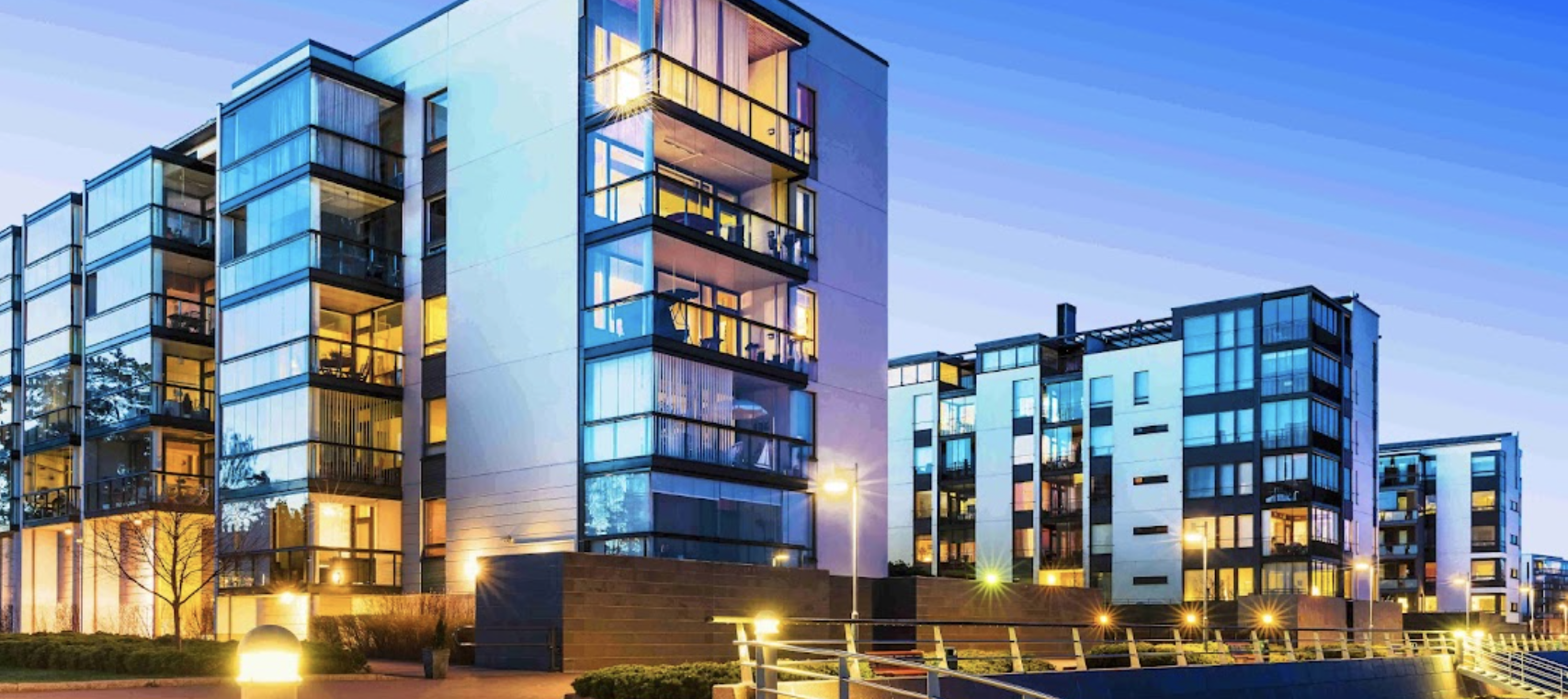hmo finance only
HMO landlords will often pay utility bills if the property isn't converted to flats and has separate title deeds.

A large HMO, also known as a HMO, is a rental home with more than five tenants. In this case, the tenants share a common toilet, bathroom and kitchen. There might be a limit to the number of stories within a building. Landlords require a HMO license to operate a large HMO. This licence will be valid five years.
A House in Multiple Occupation (HMO), is a property rented to more than one tenant. They may share facilities, such as a bathroom and kitchen. HMOs allow landlords to rent out a property to more than one household.
HMO landlords will often pay utility bills if the property isn't converted to flats and has separate title deeds.


HMO mortgage lenders will also need to know details about the property. Some HMO mortgage lenders may have restrictions about how the property is built. It is important to get a lender to approve renovations before you sell the property. A mortgage broker can assist you with navigating these different restrictions and conditions so you can find a willing lender.
Are HMO mortgages different? - HMO mortgage rates tend to be higher than standard buy to let mortgage products. This is because the HMO mortgage market is less competitive in terms of the number of lenders. Lenders that are prepared to lend on an HMO will charge slightly higher fees and rates for a mortgage.

This can give the term "unlicensed HMOS" a negative meaning, suggesting they are illegal or fleecy. Owners, local authorities and lenders call these smaller HMOs multi-lets or "HMOS Not Requiredly To Be Licensed", also known as "nonlicensable HMOs".
Many HMOs come fully furnished. This can also be a cost. Traditional properties that are available for rent are usually unfurnished.